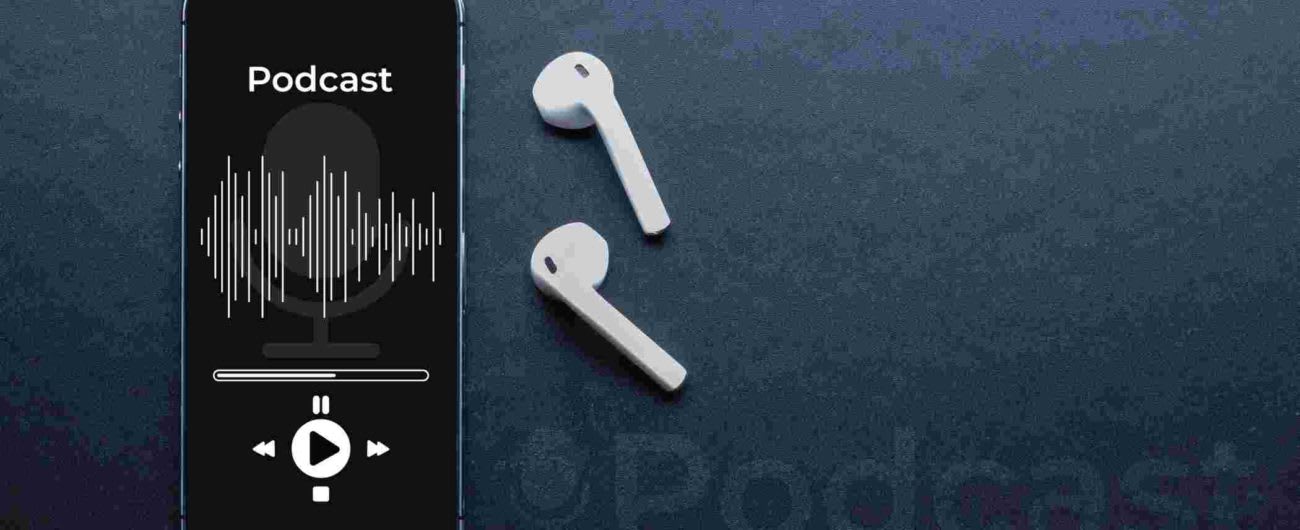Case Study on How Levi's Jeans Are Made to Wear for Years: Sustainability Fashion



The Levi's Jeans came with a label that showed two horses pulling on the opposite ends of a rope, indicating the sheer strength that these denim fabrics hold. This tensile nature makes it last for years and years in your wardrobe as a classic piece of clothing. What emblem of sustainable fashion could be any better than Levi's Jeans which lasts for years?
In California in 1873, miners needed tough pants to stand the wear and tear of the mine. A Bavarian dry goods salesman named Levi Strauss and a tailor named Jacob Davis received the pattern to put rivets on pants at points of strain. A seemingly simple idea for a seemingly simple product - the great American blue Jeans.
In 1951, Strauss partnered with Cone Denim, a fabric mill in North Carolina. The golden handshake was a gentleman's agreement to make Levi's denim stay there forever, and so it has remained. It has been almost a hundred years. The cherry wood floors deliver a gift to the draper loom's bounce, creating perfect imperfections - giving denim a distinct look that defines Levi's.
Tracing the history of the iconic Levi's Jeans:
For the initial seventy years, Levi's Jeans served as the specimen for America's working class. It moved from the miners to factory workers, ranchers, and others. Lee came in with their overalls for the American working class in 1913, and until then, Levi's had reigned supreme.
Yet another rival company for Levi's, Wrangler, came in with their version of deep-pocketed, light-washed Jeans, which served a considerable blow. However, the denim scene got an impetus when the baby boomer generation refigured the types of denim after World War II.
In a fashion scene dominated by formal clothing, people for the first time got to witness casual clothes as the soldiers donned Levi's denim off duty. The Jeans industry received a boost in sales, which only grew when the stars of the silver screen started embracing denim.
Levi's Rise to Fame through the silver screen:

Denim first gained mass popularity through the characters of John Wayne in the '40s. In the '50s, this mantle was donned by when Rebel Without A Cause came out, and the entire teenage population of America who saw these movies followed suit. Hollywood then helped market Levi's and boosted their sales throughout the nation.
Baby Boomers wore Levi's to music festivals, concerts, and rallies. It was everywhere. Levi's turned public for the first time in the 1970s when they had capitalized on their success. The sales reportedly rose to a whopping thirty-seven percent annually in the seventies itself. Levi's two other rival companies, Wrangler and Lee, represented the remaining forty percent of the denim scene. Denim was at an all-time surge during this time.
The Case for Sustainability that Levi Strauss and Co makes:
Global clothing consumption has doubled in the last fifteen years. The simple idea behind sustainable fashion is to buy better to wear for a long time. Wearing something for a longer time also means buying less and saving money.
This is exactly where Levi's Jeans come in. Pieces of denim have always proven to be one of the most environmentally damaging fabrics in existence. So the question is, how can a company that has been known for its denim become sustainable?
The Vice President of Innovation at Levi's, Paul Dillinger, has tackled the challenge to render denim sustainable. While Levi's has been known for its products, the process of manufacturing the products is just as important.
Levi's was among the first to launch labor, health, and safety standards for workers. During the Great Depression, shorter workweeks ensured that none of their employees were laid off. The Levi's factories were integrated well before the law required it and made it mandatory. Levi's has also been one of the first companies to provide full medical support to employees and domestic partners.
Measures the brand has adopted towards sustainability:

As the company has grown, Dillinger mentions that they know that the brand's success goes hand in hand with the communities to which they sell and how they work. He believes that being a responsible brand means asking the hard questions themselves. This includes discussions on how to reduce their environmental footprint as a brand and show the way for positive change in the industry.
Levi's took the first step among brands to introduce environmental requirements in their factories. A life cycle assessment of their products showed them the new ways to reduce the impact it has on the planet. Their "care tag" for the planet reminds the consumers to reduce their environmental impact when washing and drying their clothes.
The Best Cotton Initiative:
As one of the Best Cotton Initiative founding members, Levi's has encouraged farmers to use less water and fewer chemicals to grow cotton. The most harm they cause to the environment is through the amount of water consumed to make just one stretch of the fabric when it comes to denim. Levi's introduced its waterless collection, which features a revolutionary process that dramatically reduces the amount of water used to finish a pair of Jeans.
Conclusion:
Levi's has time and again proved that it can make an impact when it comes to its products. It has always taken the lead on critical issues and continues to do so. They have been world leaders in inspiring others since 1853. They make products that the world loves, believe in improving the lives of workers and communities, and honor the obligation that everyone has towards their planet.



















